By Dr Michael Bendon.
In the last article I spoke about being fortunate enough to find actual eye-witnesses to the sinking of TLC A6 off the western end of Crete. What I didn’t mention was that I was able to locate the most important missing link for the vessel lying in the shallow water nearby the ancient city of Phalasarna.
READ MORE: Uncovering the secrets of the Forgotten Flotilla off the coast of western Crete.
In searching for more information on the type of craft, I posted a question on a naval internet forum and received a response in two hours. ‘Oh, I know someone who knows someone who lives next door to a World War Two landing craft captain.’ Not long after, I called the number I was provided only to discover I was speaking with the actual skipper of the vessel my colleague, Elpida Hadjidakis, had directed me to some three years earlier.
John Digby Sutton was 93 years old when I first travelled to Leicester to spend time with him. There I found a most articulate gentleman with a sharp wit and a clarity of mind that would be expected of someone 50 years his junior. John shared with me all his memorabilia and a great number of his stories as he journeyed down to the Middle East, then over to Greece and finally to be taken POW during the closing days of the Battle for Crete.
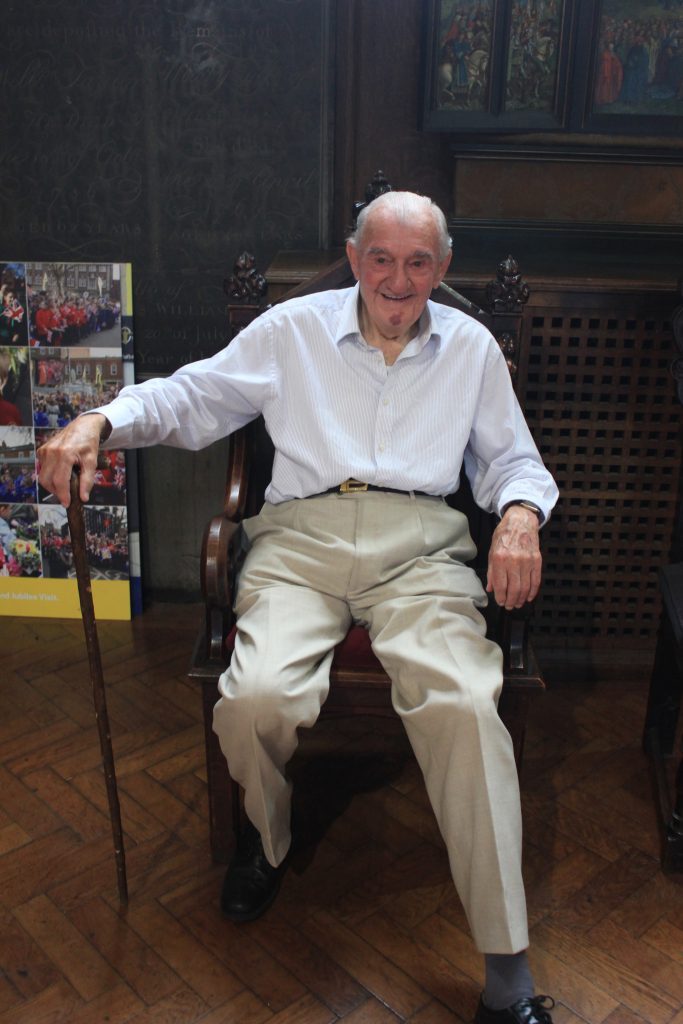
Hopefully some of the readers will be able to imagine something of this great man as they read a selection of his wartime adventures in the Mediterranean campaigns of 1941. I still find it so difficult not to smile when I recall his stories and his comments that he entertained me with over a few pints of local ale and his beaming grin.
As was mentioned in the previous article, Churchill had his ideas for the landing craft drawn up by a naval architect, Roland Baker. With finance approved, the first order for twenty Tank Landing Craft Mk1 was submitted to a selection of shipyards with construction to begin immediately. Meanwhile, the skippers to man the prototypes were secretly chosen and underwent commando training in Scotland in preparation.
The flotilla of the first 18 vessels went down to Egypt, leaving England late December 1940, on cargo ships accompanying troop transports in convoy WS 5A. The designation WS apparently stood for ‘Winston’s Specials’. Strangely, the manifests for the convoy detail everything and everybody except the new landing craft and their crews!
READ MORE: A story told is a life lived: The Battle of Crete.
‘How was it travelling in the convoy?’ I asked of John Digby Sutton during one of our many meetings. ‘Didn’t want to get off,’ laughed John. ‘Could have cruised the bloody world for a few years,’ he added. It is no wonder. John, the other skippers and their crews, travelled to the Middle East, not with the rank and file troops on transports but aboard a luxury Dutch Cruise liner, Costa Rica. Indeed, it seemed Churchill had a very special agenda for this flotilla.
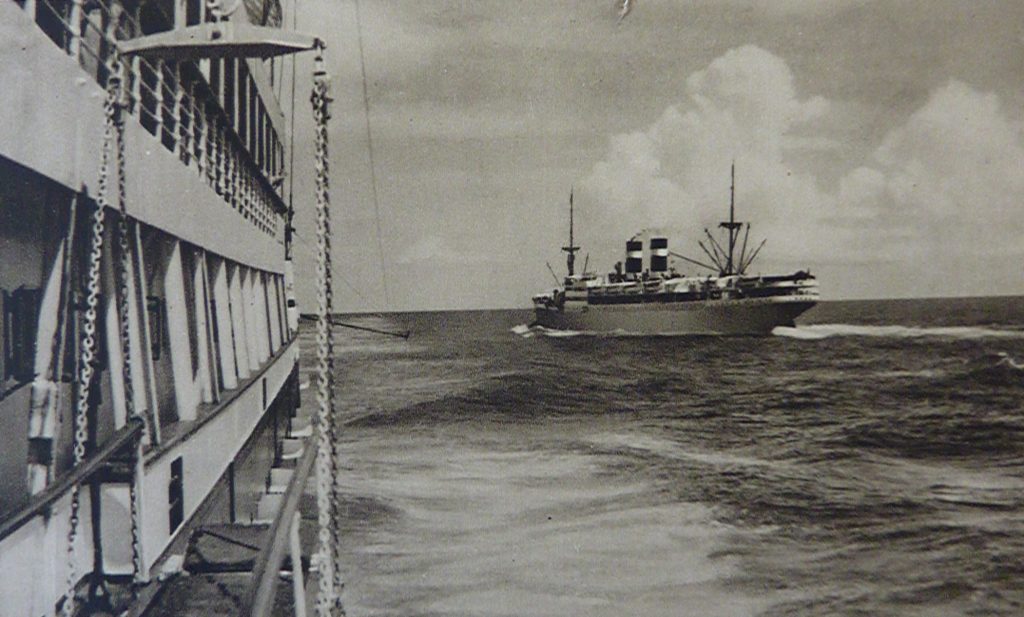
On arrival the landing craft were unloaded. It took just over a month to reassemble and fit out the first five. Along with four other Tank Landing Craft, John, in command of TLC A6, was given his first mission. The small flotilla was to drop tanks and supplies around to the besieged town of Tobruk and there await further instructions.
Just prior to departure John was called into the office where he was handed a small parcel. The care with which it had been wrapped certainly indicated something of value. ‘Hand this to no-one other than the commander upon arrival,’ he was told. John’s imagination raced as he thought of battle plans to which he alone had been entrusted. His training and the many hours of tedium and waiting were finally at an end. ‘Make sure this is kept in a secure place, and make sure it is not dropped,’ he was ordered.
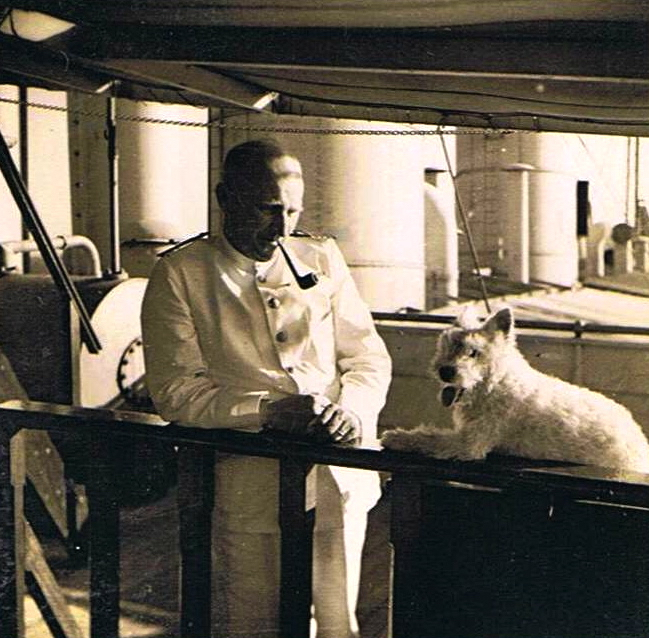
The white tattered string that encircled the parcel gave no hint of its secret contents. ‘Don’t worry sir, I will guard it with my life,’ John responded. ‘No need to go that far Sutton. They are after all only eyeglasses for some of the NCOs. Can’t have them shooting at the wrong side, now can we?’
John’s war started just thirty minutes out of Alexandria harbour on this his first mission. A wave of dive-bombers swept in. They flayed the water around his craft with machinegun fire and let loose sticks of high explosive. The flat-bottomed vessel was lifted out of the water crashing back down with so much force that everything of glass onboard smashed. This included the ship’s two compasses.
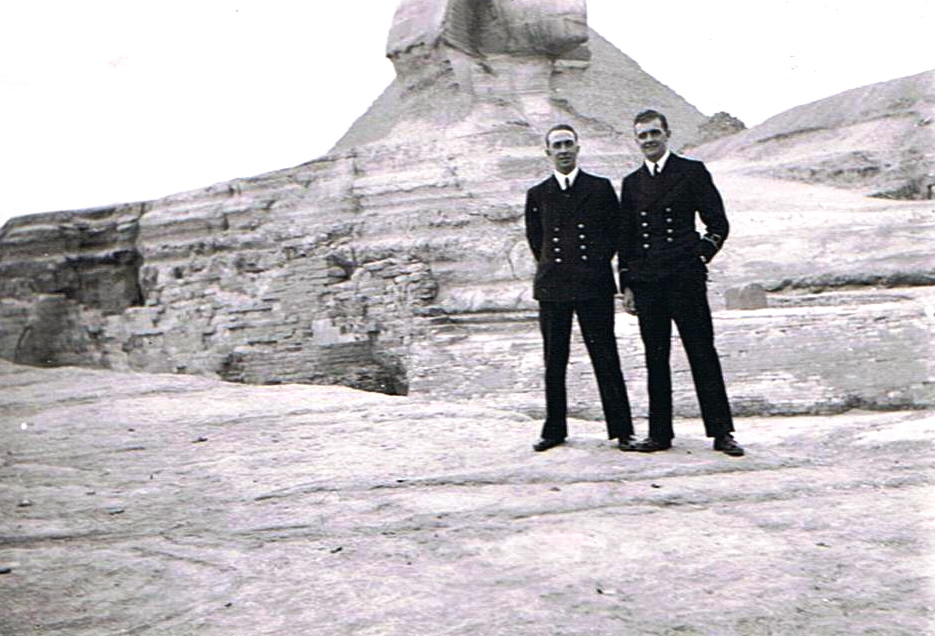
As soon as they arrived in Tobruk, John headed up the battered steps to seek out the SBO (Senior British Officer). When he returned a few Aussies on the quay were pointing his crew to a place to get a drink that was ‘just a little hole in the wall.’ ‘And likely to be just that looking at the condition of the town,’ laughed John.
However, there was a war on. ‘Sorry lads, we are out of here. On our way to Greece.’ ‘What’s the job skipper?’ asked Jack, John’s number two. ‘No bloody idea. Just been told to head north.’
Little did John realise but they were taking the five Tank Landing Craft to Greece for the evacuation of British and ANZAC troops from the southern beaches. The Germans had come across the northern boarders of mainland Greece on April 6th and had quickly pushed our troops southwards and towards evacuation.
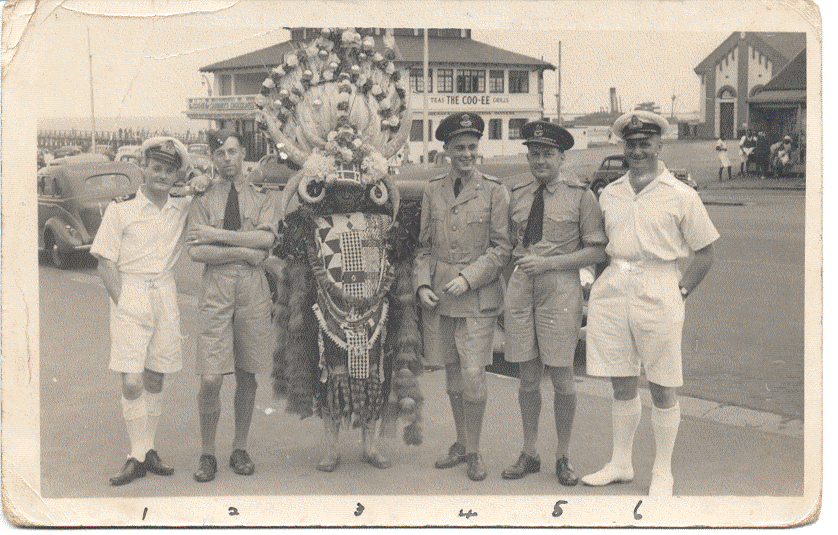
Notably, as the Germans poured across the border, their Luftwaffe pounded all ports, quays and wharves in the south to halt reinforcement and to slow any withdrawal. This meant that all the large ships sent to carry troops could not get close enough to pick up. Rescue vessels needed to anchor in deeper water. Evacuating soldiers had to be carried from the beaches by smaller ship-borne landing craft, tiny Greek fishing vessels and the Tank Landing Craft (carrying capacity of 900 men). In one night alone John Digby Sutton’s craft ferried 2500 ANZACs to safety from Porto Raphtis.
The reader may notice the use of ANZAC here. Just to clarify, the 2nd ANZAC corps was formed on April 12th, 1941 under the command of Thomas Blamey. In fact, just by coincidence, the evacuation from the beaches of Greece began on the night of the 24th April. Twenty-six years earlier, ANZACs were being taken into their hell at Gallipoli and here in Greece they were being picked up from their hell.


